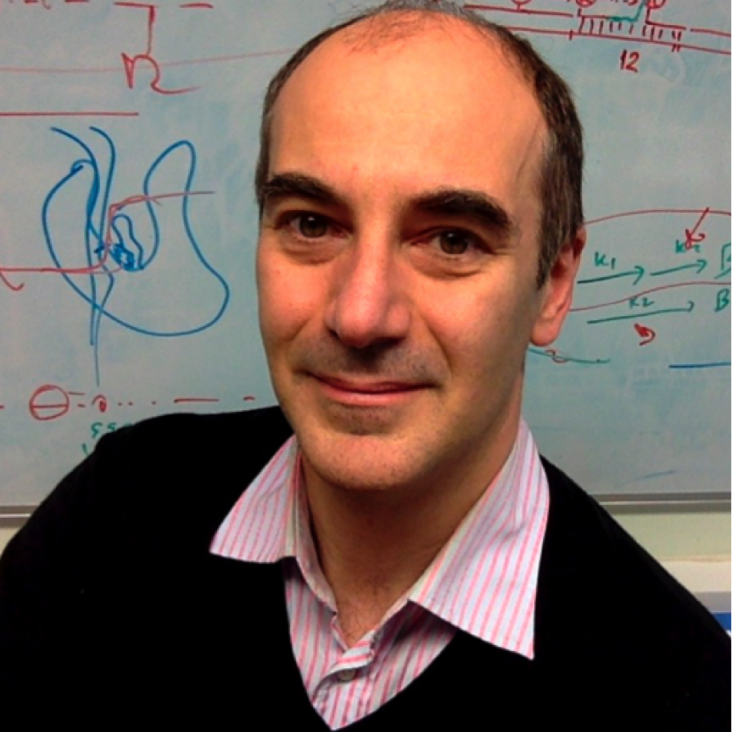Viral detection and identification in 20 minutes by rapid single-particle fluorescence in-situ hybridization of viral RNA
Cold Spring Harbor Laboratory (2021) 2021.06.24.21257174
Transient non-specific DNA binding dominates the target search of bacterial DNA-binding proteins
Molecular Cell Elsevier 81:7 (2021) 1499-1514.e6
FRET-based dynamic structural biology: Challenges, perspectives and an appeal for open-science practices
eLife eLife 10 (2021) e60416
Transcription initiation at a consensus bacterial promoter proceeds via a “bind-unwind-load-and-lock” mechanism
Cold Spring Harbor Laboratory (2021) 2021.03.28.437135
The switching mechanism of the bacterial rotary motor combines tight regulation with inherent flexibility
The EMBO journal EMBO Press 40:6 (2021) e104683


